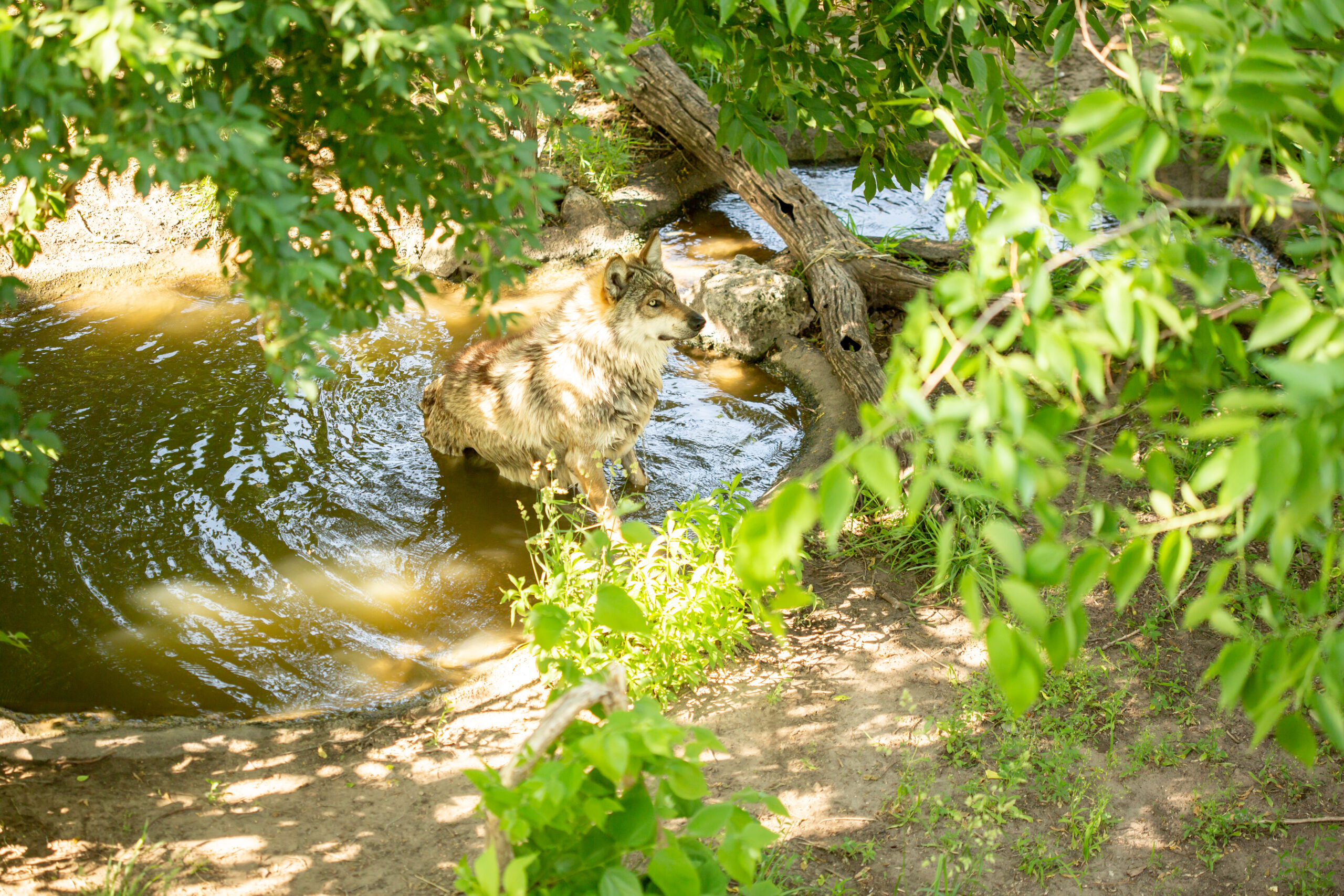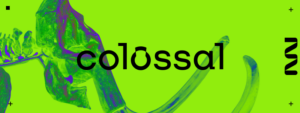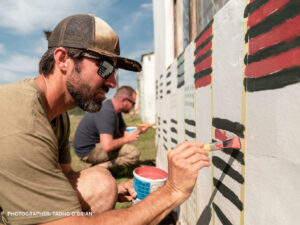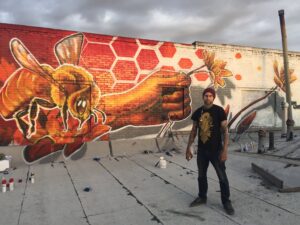In considering a new habitat for Mexican gray wolves at the Arizona-Sonora Desert Museum, TESSERE Zoos, the Arizona-Sonora Desert Museum and AWARE Institute embarked on a data-driven design process, asking questions and testing assumptions in a series of animal behavior, guest, and staff assessments. Thank you to Craig Ivanyi, Executive Director, Arizona-Sonora Desert Museum and Cheryl Meehan and her team at AWARE Institute for engaging in a conversation around this innovative, thoughtful process and its applications.
- – Cheryl Meehan, Director, AWARE Institute
- – Brian Greco, Principal Animal Welfare Scientist, AWARE Institute & Assistant Professor, University of Wisconsin – River Falls
- – Brian Lynn, Animal Welfare Scientist, AWARE Institute
- – Craig Ivanyi, Executive Director, Arizona-Sonora Desert Museum
Key Takeaways
We Need to Listen to Our Animals
Often design decisions are made on anecdotal evidence or experience, but rarely is data factored into the equation. Sometimes Zoos and Aquariums don’t have the information, other times, it may just be difficult to obtain. When it comes to understanding the animals in the care of Zoos & Aquariums, unfortunately, there isn’t a Dr. Doolittle hat to put on. However, through a purposeful approach to attaining baseline information, we can measure how animals are engaging with their current surroundings and begin to think about what they may need in a future habitat or how they may benefit from modifications to current spaces or management practices.
Built Spaces Can Be Partners in Developing Agency
Ultimately, we want animals to have full agency – honing the ability to meet their own needs and building resiliency by using environmental cues to prepare for upcoming challenges as they would in the wild. In Zoos and Aquariums, we often become over-reliant on the human element to accomplish daily husbandry goals, sometimes resulting in stereotypy and its precursor, anticipatory behavior. We should, however, start to think of sociality and the built environment as partners in promoting animal welfare by encouraging both inter- and intraspecific engagement and providing opportunities for agency in foraging, locomotion, and other choice behaviors. Craig Ivanyi says – “It’s not unique to talk to animals… all of us have done it. The real question is whether we can hear them and truly listen.”
The Data Must Be Reflected in the Design
Prior to the onset of habitat design, the AWARE team collected ethogram data on the Mexican wolves that reside at ADSM in addition to good old-fashioned pen and paper guest surveys (internet is hard to come by in the desert). With this data, the team articulated goals for the animals surrounding increased agency, resilience, and competency. Visitor perceptions were compared across the current habitats for coyotes and wolves and showed an overall rating of “good” for the wolves and “excellent” for the coyotes. Key takeaways from visitor data included an overall greater perception of space and increased positive emotional responses to the more naturalistic coyote habitat vs. the “pit-style” Mexican wolf habitat that is viewed from above.
In the new design, the team applied this information to imagine a bowl-shaped habitat with guest viewing located in the lowest, center portion. This will allow wolves to choose the level at which they interact with guests and provide a dynamic visitor experience. The configuration breaks up the wolves’ sight-line – the entire habitat cannot be seen from a single location – which will encourage them to move around, investigating novel stimuli and engaging in natural patrolling behaviors. Hills, rocks, tunnels, and areas for thermoregulation will give the animals more agency and choice in deciding where to rest. Novel options such as artificial small prey simulators will provide environmental cues about available food sources and animal-activated receivers will allow the wolves to provide feedback to the environment about their needs.
Be Willing to Step Away from Business as Usual
Using this model can be disruptive, but in the best way possible. Ivanyi points out that getting internal audiences on board is difficult and adding outside consultants – “newcomers” in the eyes of some staff – adds yet another layer. Caring for animals has often been referred to as much an art as a science; historical knowledge, experience, and intuition are valuable assets and many successes in caring for animals come from consistency and routine. Fear of the unknown can be a roadblock to progress, but establishing outcomes informed by data provides a shared ethical baseline.
Once organizations begin to use animal agency as its lens, it becomes harder to go back to the “old way” of doing things. Also, some of the species we house may need larger habitats that take up much more of a zoo’s valuable space. A point may come in which Zoos and Aquariums must weigh the costs and benefits of reducing the number of species in a collection to accommodate larger, more complex habitats.
We are currently at an inflection point with shifts in paradigms and a deeper and expanded understanding of animal behavior. Today’s guests understand advanced concepts in animal behavior and welfare and place high importance on animals’ well-being. Since Zoos and Aquariums operate on social license, they must instill confidence in their visitor-base that they are doing the best possible for animals in their care. Healthy, thriving animals are foundational to healthy, thriving organizations.




